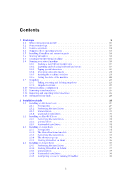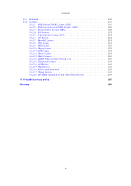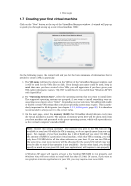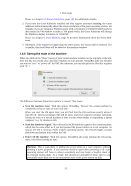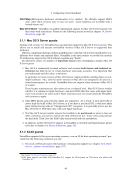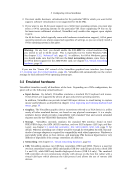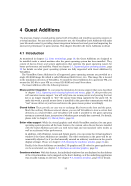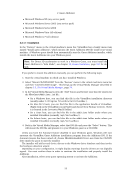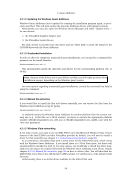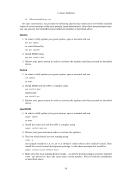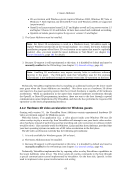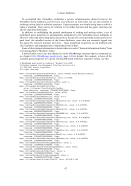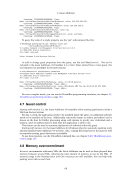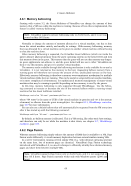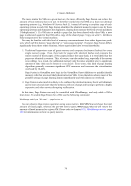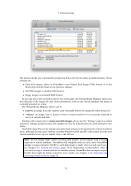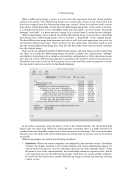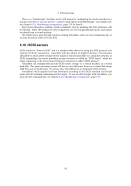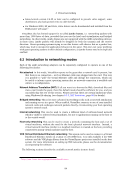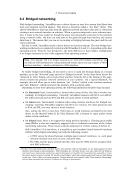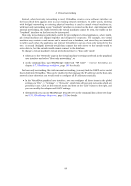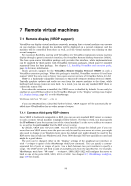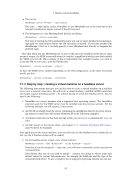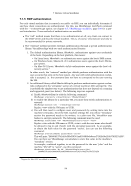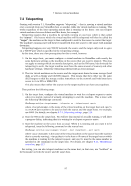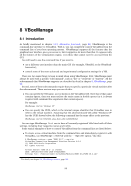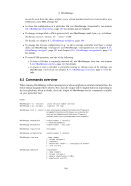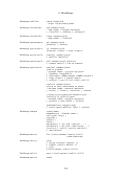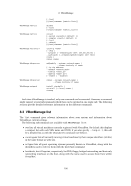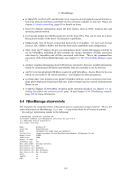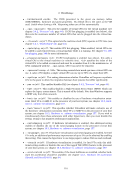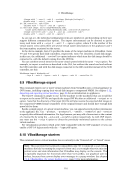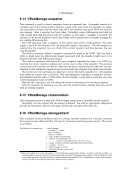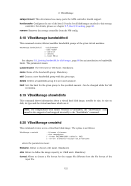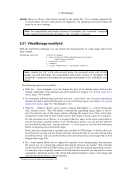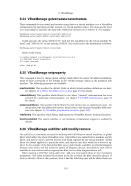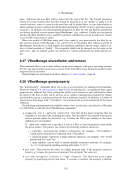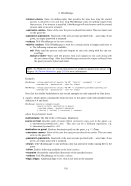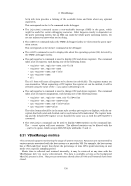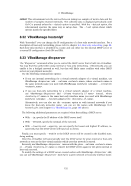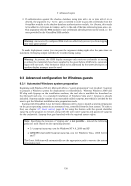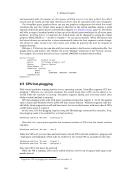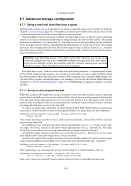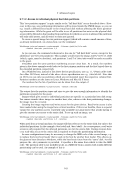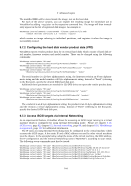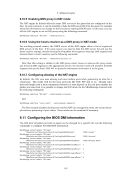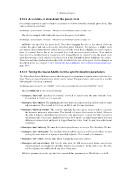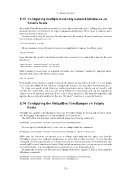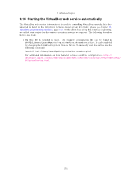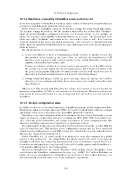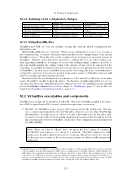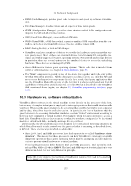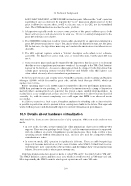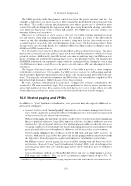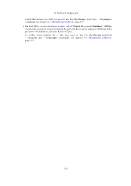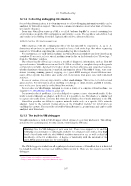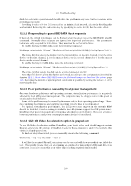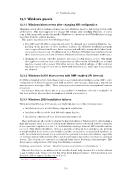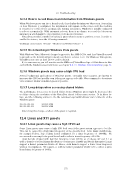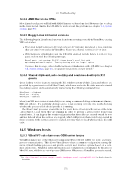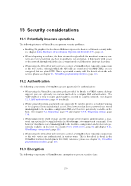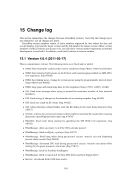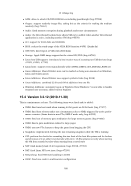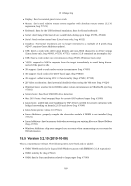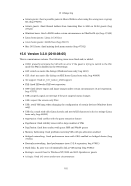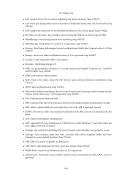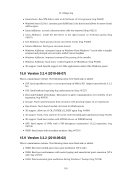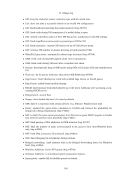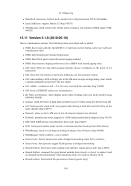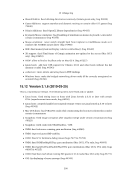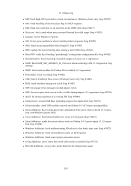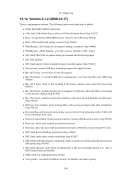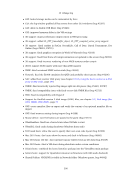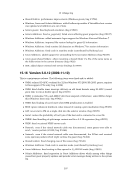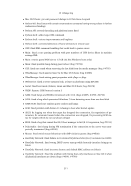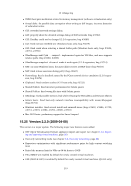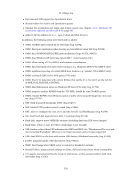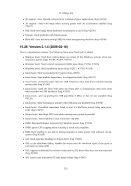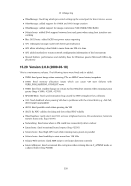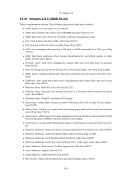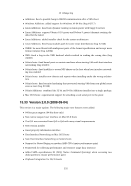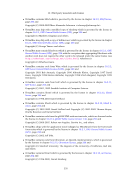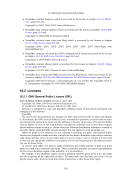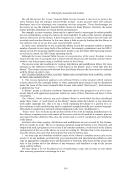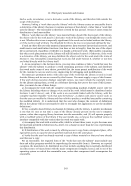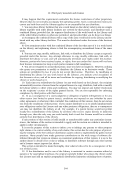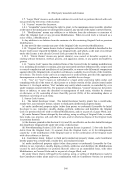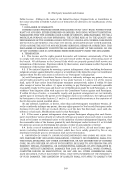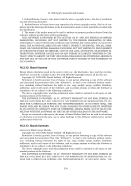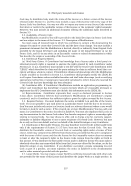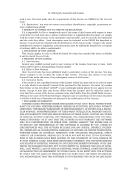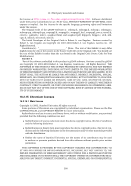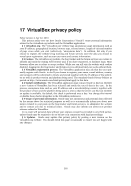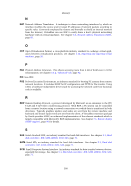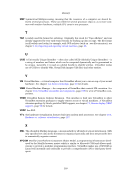5 Virtual storage Limits are configured through VBoxManage. The example below creates a bandwidth group named “Limit”, sets the limit to 20 MB/s and assigns the group to the attached disks of the VM: VBoxManage bandwidthctl "VM name" --name Limit --add disk --limit 20 VBoxManage storageattach "VM name" --controller "SATA" --port 0 --device 0 --type hdd --medium disk1.vdi --bandwidthgroup Limit VBoxManage storageattach "VM name" --controller "SATA" --port 1 --device 0 --type hdd --medium disk2.vdi --bandwidthgroup Limit All disks in a group share the bandwidth limit, meaning that in the example above the band- width of both images combined can never exceed 20 MB/s. However if one disk doesn’t require bandwidth the other can use the remaining bandwidth of its group. The limits for each group can be changed while the VM is running, with changes being picked up immediately. The example below changes the limit for the group created in the example above to 10 MB/s: VBoxManage bandwidthctl "VM name" --name Limit --limit 10 5.9 CD/DVD support The virtual CD/DVD drive(s) by default support only reading. The medium configuration is changeable at runtime. You can select between three options to provide the medium data: • Host Drive defines that the guest can read from the medium in the host drive. • Image file (typically an ISO file) gives the guest read-only access to the data in the image. • Empty stands for a drive without an inserted medium. Changing between the above, or changing a medium in the host drive that is accessed by a machine, or changing an image file will signal a medium change to the guest operating system, which can then react to the change (e.g. by starting an installation program). Medium changes can be prevented by the guest, and VirtualBox reflects that by locking the host drive if appropriate. You can force a medium removal in such situations via the VirtualBox GUI or the VBoxManage command line tool. Effectively this is the equivalent of the emergency eject which many CD/DVD drives provide, with all associated side effects: the guest OS can issue error messages, just like on real hardware, and guest applications may misbehave. Use this with caution. Note: The identification string of the drive provided to the guest (which, in the guest, would be displayed by configuration tools such as the Windows Device Manager) is always “VBOX CD-ROM”, irrespective of the current configuration of the virtual drive. This is to prevent hardware detection from being triggered in the guest operating sys- tem every time the configuration is changed. The standard CD/DVD emulation allows for reading standard data CD and DVD formats only. As an experimental feature, for additional capabilities, it is possible to give the guest direct access to the CD/DVD host drive by enabling “passthrough” mode. Depending on the host hardware, this may enable three things to work, potentially: • CD/DVD writing from within the guest, if the host DVD drive is a CD/DVD writer • playing audio CDs • playing encrypted DVDs. 81
Purchased from Demo (abedemo.tizrapublisher.com) for the exclusive use of unknown. © 2025 Demo. Please report unauthorized use to pirate@tizra.com


